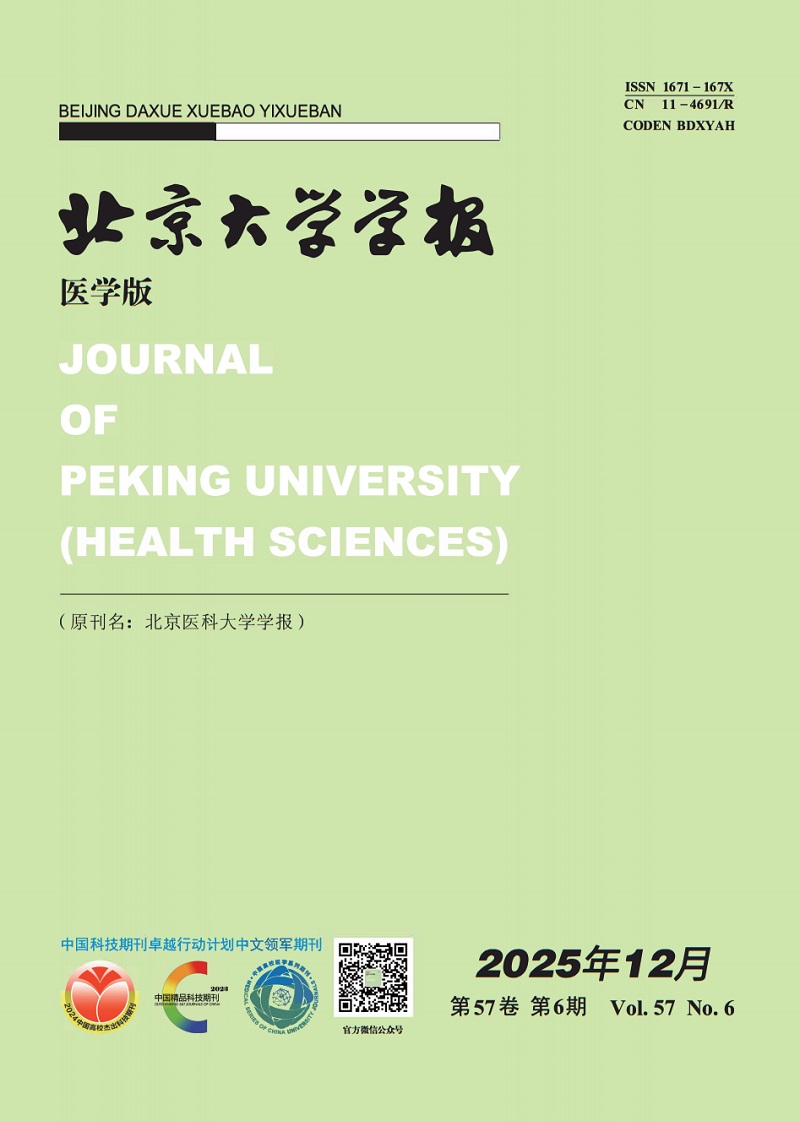Objective: To analyze the clinical data of histiocytic necrotizing lymphadenitis(HNL), comparing the similarities and differences between children and adults, to deepen the understanding of the disease by clinical physicians, and to improve diagnostic rate and reduce misdiagnosis and mistreatment. Methods: The clinical data of hospitalized patients with histiocytic necrotizing lymphadenitis diagnosed by biopsy from January 2010 to August 2023 in Peking University First Hospital were collec-ted, and the clinical features, laboratory examinations, pathological features, treatments with antibiotics and glucocorticoids, and prognosis of histiocytic necrotic lymphadenitis were analyzed. Grouped based on age, the differences of clinical characteristics, laboratory tests, treatment, and prognosis between the children group (< 16 years old) and the adult group (≥16 years old) were compared. Results: Among the 81 enrolled patients, there were 42 males and 39 females. The median age was 21(14, 29) years, the median duration of disease was 20.0(13.0, 30.0) days, and the median length of hospital stay was 13.0 (10.0, 15.0) days. The first symptoms were fever, lymphadenopathy, and both. All the patients had enlarged lymph nodes with different parts and sizes, 96.3% (78 of 81) of the patients had cervical lymphadenopathy, 50.6% (41 of 81) had bilateral cervical lymphadenopathy, 55.6% (45 of 81) had supraclavicular, axillary or inguinal lymphadenopathy, and the median lymph node diameter was 20.0(20.0, 30.0) mm. Only one patient had no fever, the other 80 patients had fever, the median peak body temperature was 39.0(38.0, 39.8) ℃. Accompanying symptoms: rash (8.6%, 7/81), fatigue (34.6%, 28/81), night sweating (8.6%, 7/81), chills (25.3%, 25/81), muscle soreness (13.6%, 11/81), and joint pain (6.2%, 5/81). There were 17 cases (21.0%, 17/81) of hepatosplenomegaly, of which 12 cases (70.6%, 12/17) were splenomegaly. 68.8%(55/80) of patients had a decrease in white blood cell (WBC) count, with 47.5%(38/80)increased in lymphocyte(LY)proportion, 53.4%(39/73) increased in high-sensitivity C-reactive protein(CRP), 79.2%(57/72) increased in erythrocyte sedimentation rate(ESR), 22.2%(18/81) increased in alanine transaminase(ALT), 27.2%(22/81) elevated in aspartate transaminase(AST), and 81.6%(62/76) elevated in lactate dehydrogenase(LDH). All the 81 patients underwent lymph node biopsy, and 77.8%(63/81) of the patients showed that most of the structures in the lymph nodes were destroyed or disappeared, and 16.0%(13/81) of the lymph nodes were still in existence, hyperplasia and normal lymph node were 1.2%(1/81) respectively, and 3.7%(3/81) had normal lymph node structures. Immunohistochemical staining was performed in 67 cases. The percentages of CD3+ and CD68(KP1)+ were respectively 97.0%(65/67), and MPO+ were 94.0%(63/67). In the study, 51 patients (63.0%, 51/81) were treated with glucocorticoid therapy after diagnosis. The median time for temperature to return to normal was 1.0(1.0, 4.0) days after glucocorticoid therapy. when the glucocorticoid treatment worked best, the body temperature could drop to normal on the same day. There were significant differences in length of stay, predisposing factors, chills, the rate of increase in high-sensitivity CRP, antibiotic and glucocorticoid treatment between the adults and children groups (P < 0.05). Conclusion: In clinical practice, if there are cases with unexplained fever, superficial lymph node enlargement, and reduced white blood cells as clinical characteristics, and general antibiotics treatment is ineffective, histiocytic necrotic lymphadenitis should be considered. Lymph node biopsy should be performed as early as possible to clarify the diagnosis, reduce misdiagnosis and mistreatment, and symptomatic treatment should be the main treatment. Glucocorticoids therapy has a definite therapeutic effect.
 Table of Content
Table of Content



